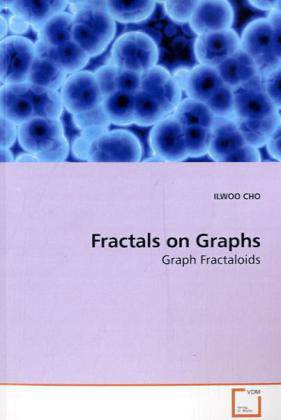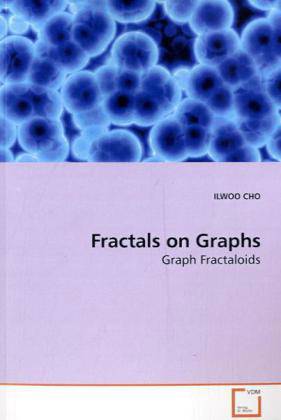
- Afhalen na 1 uur in een winkel met voorraad
- Gratis thuislevering in België vanaf € 30
- Ruim aanbod met 7 miljoen producten
- Afhalen na 1 uur in een winkel met voorraad
- Gratis thuislevering in België vanaf € 30
- Ruim aanbod met 7 miljoen producten
Zoeken
Omschrijving
Recently, graphs have been studied and applied in various math and science fileds. In this monograph, we consider graphs with fractal property. Starting with graphs (combinatorial objects), we construct the corresponding groupoids (algebraic objects). The fractal property of graphs and groupoids is detected by the automata labelings (automata-theoretic objects). The groupoids with fractal property will be called graph fractaloids. By defining suitable representations of groupoids, we establish von Neumann algebras (operator-algebraic objects). As elements of the von Neumann algebras, we define the labeling operators (operator-theoretic objects) of graph fractaloids. In Part 1, by computing the free moments (free-probabilistic data) of the operators, we verify how the graph fractaloids act in the von Neumann algebras. Also, based on such computations, we can classify the graph fractaloids, in Part 2. Our classification shows the richness of graph fractaloids which are not fractal groups, in general. In Part 3, we show that, for any finite graph, there always exists a finite fractal graph containing it as its part.
Specificaties
Betrokkenen
- Auteur(s):
- Uitgeverij:
Inhoud
- Aantal bladzijden:
- 92
- Taal:
- Engels
Eigenschappen
- Productcode (EAN):
- 9783639194470
- Verschijningsdatum:
- 1/09/2009
- Uitvoering:
- Paperback
- Formaat:
- Trade paperback (VS)
- Afmetingen:
- 152 mm x 229 mm
- Gewicht:
- 145 g

Alleen bij Standaard Boekhandel
+ 96 punten op je klantenkaart van Standaard Boekhandel
Beoordelingen
We publiceren alleen reviews die voldoen aan de voorwaarden voor reviews. Bekijk onze voorwaarden voor reviews.











